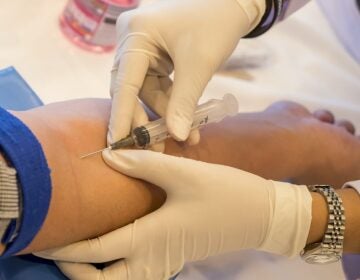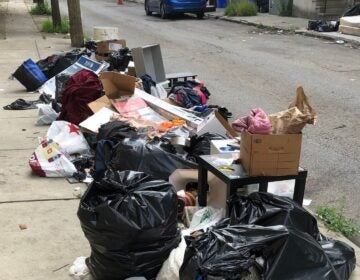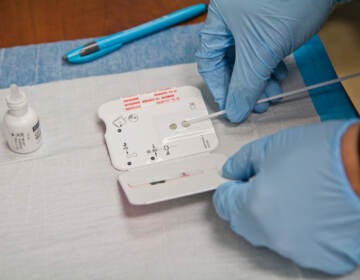STDs are up in Philadelphia, across the country
Some of the increase can be attributed to lax protection habits.
Listen 1:41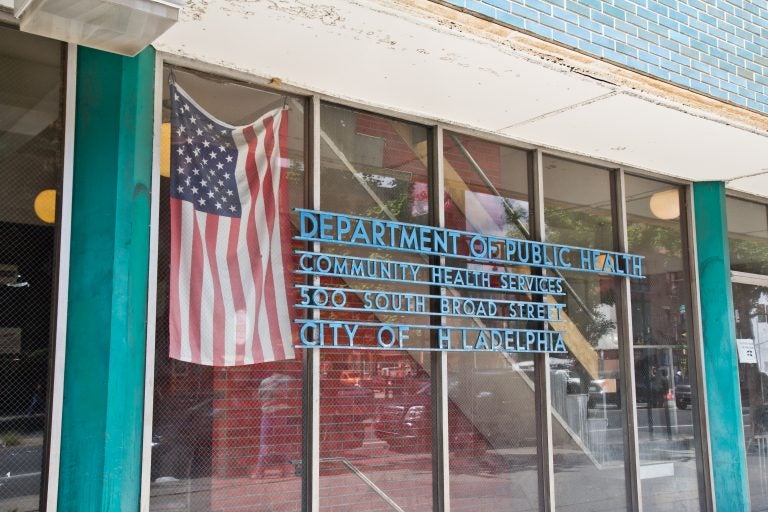
Philadelphia’s Health Center #1 at Broad and Lombard streets. (Kimberly Paynter/WHYY)
The Centers for Disease Control and Prevention this week reported a record high increase in the number of sexually transmitted diseases.
Gonorrhea, chlamydia, and syphilis cases increased to 2.3 million in 2017, a jump of 200,000 cases over the previous year.
Philadelphia has experienced that trend as well, according to data from the city’s Department of Public Health.
As the city has stepped up its screening efforts, it has documented more new cases, said Dr. Lenore Asbel, a medical specialist with the department.
“I don’t know if there is a substantial increase as much as there is an increase in our being able to find people who are infected,” she said.
Last year, cases of chlamydia and gonorrhea each hovered around their five year-highs, while syphilis has steadily increased over the past decade with a jump in 2016.
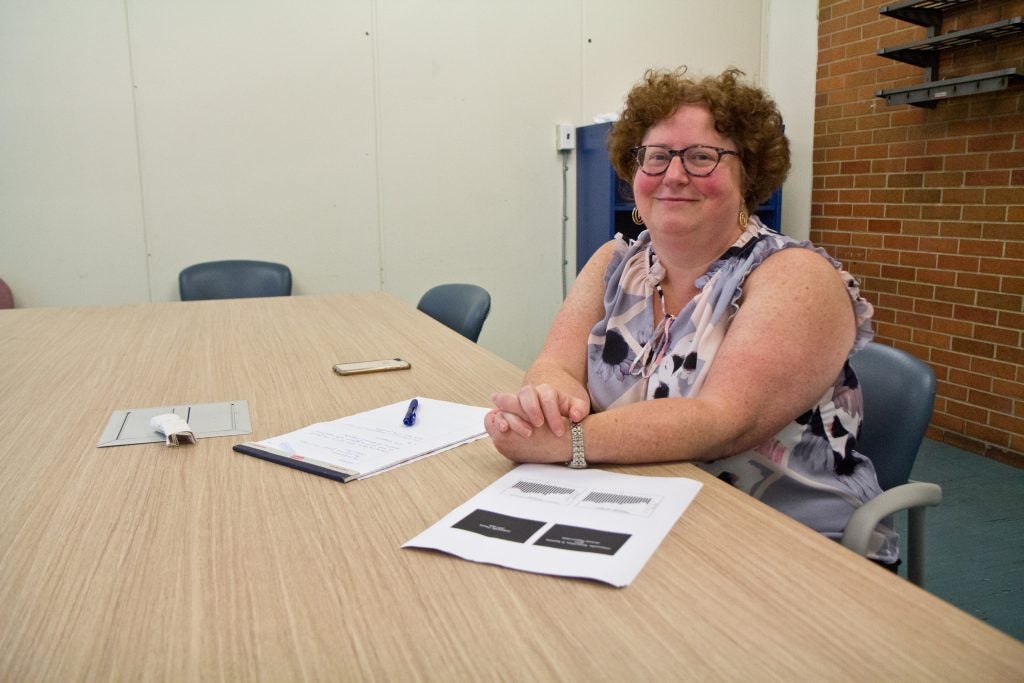
Some of the increase can be attributed to lax protection habits, said Ron Powers of the Mazzoni Center, a health advocacy group for the LGBTQ community.
Because of advances in birth control and HIV prevention — such as pre-exposure prophylaxis, or PrEP, which relies on taking HIV medicines to reduce the chance of infection — some are ditching the old school practice of using condoms.
“People are moving away from using barriers, which means they’re now susceptible to other sexually transmitted infections such as syphilis, gonorrhea, and chlamydia,” said Powers.
While the numbers overall have increased, cases among high school students have steadily declined since 2011.
Back then, 7 percent of students tested positive for gonorrhea or chlamydia. That rate has dropped to 4 percent.
The number of cases among female students is more than double that of male students, but they show the steepest drop.
Nationally, experts said, the STD increase can be attributed to federal funding cuts to STD-prevention and control programs.
Asbel said Philadelphia has been fortunate enough to get by without relying too much on U.S. allocations.
“More funds can never hurt us, but we work hard with the money we get,” she said.
The CDC will release its full report, featuring a state-level analysis, at the end of September.
WHYY is your source for fact-based, in-depth journalism and information. As a nonprofit organization, we rely on financial support from readers like you. Please give today.


